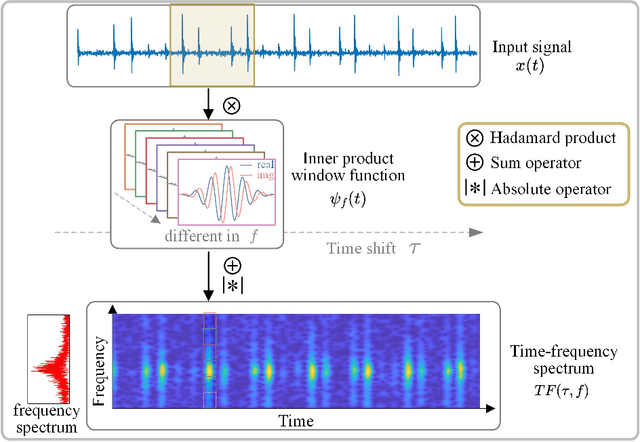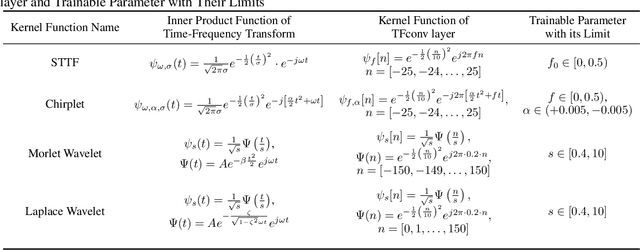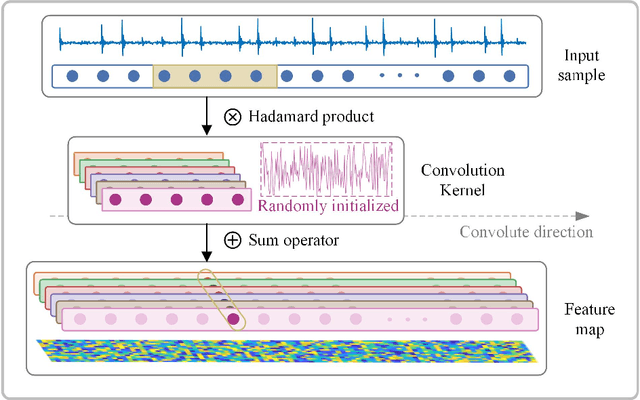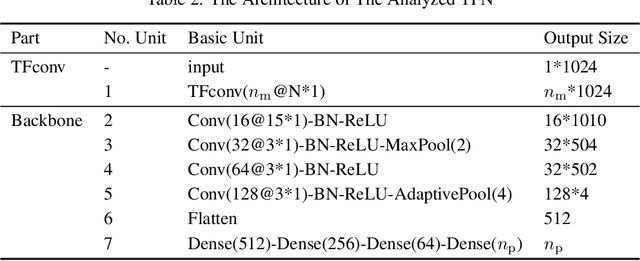Guowei Tu
TFN: An Interpretable Neural Network with Time-Frequency Transform Embedded for Intelligent Fault Diagnosis
Sep 05, 2022



Abstract:Convolutional Neural Networks (CNNs) are widely used in fault diagnosis of mechanical systems due to their powerful feature extraction and classification capabilities. However, the CNN is a typical black-box model, and the mechanism of CNN's decision-making are not clear, which limits its application in high-reliability-required fault diagnosis scenarios. To tackle this issue, we propose a novel interpretable neural network termed as Time-Frequency Network (TFN), where the physically meaningful time-frequency transform (TFT) method is embedded into the traditional convolutional layer as an adaptive preprocessing layer. This preprocessing layer named as time-frequency convolutional (TFconv) layer, is constrained by a well-designed kernel function to extract fault-related time-frequency information. It not only improves the diagnostic performance but also reveals the logical foundation of the CNN prediction in the frequency domain. Different TFT methods correspond to different kernel functions of the TFconv layer. In this study, four typical TFT methods are considered to formulate the TFNs and their effectiveness and interpretability are proved through three mechanical fault diagnosis experiments. Experimental results also show that the proposed TFconv layer can be easily generalized to other CNNs with different depths. The code of TFN is available on https://github.com/ChenQian0618/TFN.
 Add to Chrome
Add to Chrome Add to Firefox
Add to Firefox Add to Edge
Add to Edge